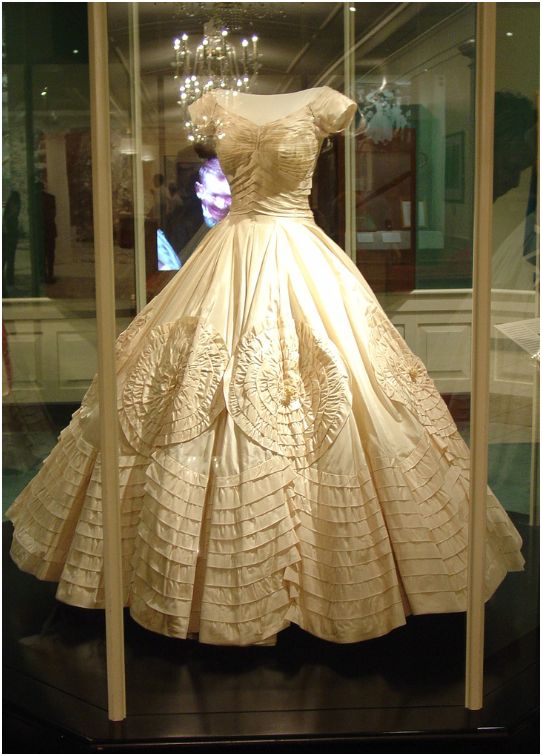





Pineapple Fiber- For Healthy Eco-Friendly Dresses
Monday, March 16, 2009
Posted by Eshanvi Smith
Man has always been innovative. When talking of textile fibers, man has made natural fibers many plants. One of such inventions is Piña, a textile fiber obtained from pineapple leaves for making fabrics. This time it happened in the Philippines, many many years ago, tracing to Hispanic times. The people there used to extract fibers from pineapple leaves and through hand spinning, made a soft, sheer and a little stiff fabric- the piña fabric. It's regal and exotic!
Characteristics of Pina Fabrics Pina fabric is lightweight, easy to care for and elegant in appearance similar to linen fabric. It is also blended with other fibers such as cotton, silk and polyester to make fabrics having maximum qualities. Pineapple silk is, in fact, considered the queen of Philippine fabrics.
Naturally glossy.
Sheer but stiff so that creative works like embroidery can be easily done on it.
Lightweight.
Blend very efficiently with other fibers.
Very soft, even softer than hemp.
Very good texture, even better than silk.
Easily cared for.
It is eco- friendly like other plant fibers such as banana fibers, bamboo fibers etc.
Uses of Pina Fabrics
The most wide application of pina fabrics is in making traditional dresses of the Philippines, the Barong Tagalog, wedding attire for men, and blouses for women. Other dresses such as kimonos, panuelos, gowns etc. are also made from it. Apart from clothing, handkerchiefs, table linen, mats, fans, bags are also made from different varieties of piña fabrics.
Caring for Pina Fabrics

Fabrics made from pineapple fibers are very easily cared for. They are completely washable and there's no need of dry cleaning them. Following steps can be taken to keep them as new forever.
Mix a little amount of mild detergent in warm water.
- Soak the pina garment or other item to make it free from dirt and stains, then gently hand wash. If the fabric has yellowed, add vinegar to the water and soak overnight.
To take off stubborn dirt, always use a soft toothbrush and never scrub the embroidery on it.
Rinse in an up & down dipping motion. There's no need to twist or wring.
Hang on a hanger and shape to drip dry or lay flat to dry.
Iron on low to medium setting while still damp.
never pull fabric to straighten
Spray starch can be applied to make it more stiffer.
iron the back side where embroidered
hang carefully
Store hanging and coved with some dark & breathable fabric to prevent discoloration.


October 4, 2009 at 8:28 AM
WHERE CAN I FIND A TEXTILE FACTORY THAT SELLS THIS?
April 20, 2013 at 12:13 AM
Hi there, i read your blog occasionally and i own a similar
one and i was just curious if you get a lot of spam remarks?
If so how do you prevent it, any plugin or anything you can recommend?
I get so much lately it's driving me mad so any help is very much appreciated.
My web-site :: Registry Cleaner
April 20, 2013 at 12:13 AM
Hello there! I simply would like to offer you a huge thumbs up
for your excellent information you've got here on this post. I will be coming back to your website for more soon.
My web page: registry cleaners
December 10, 2020 at 9:17 AM
calvin klein underwear
moncler
longchamp outlet
longchamp handbags
yeezy boost 350 v2
golden goose
kyrie 7
hermes handbags
yeezy 380
kd shoes